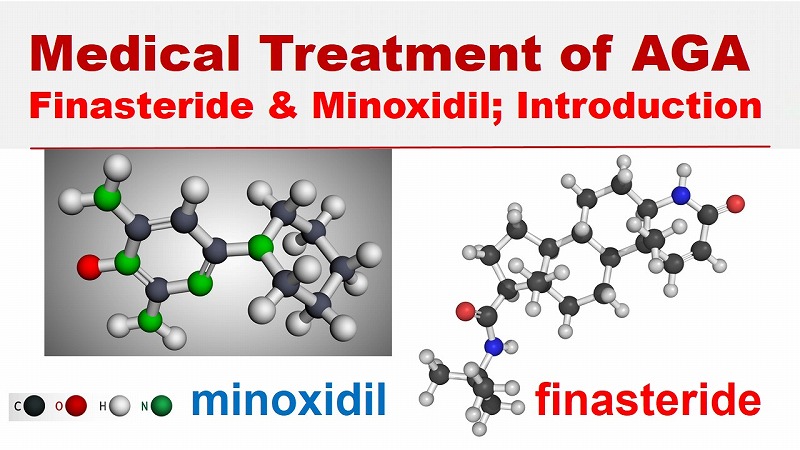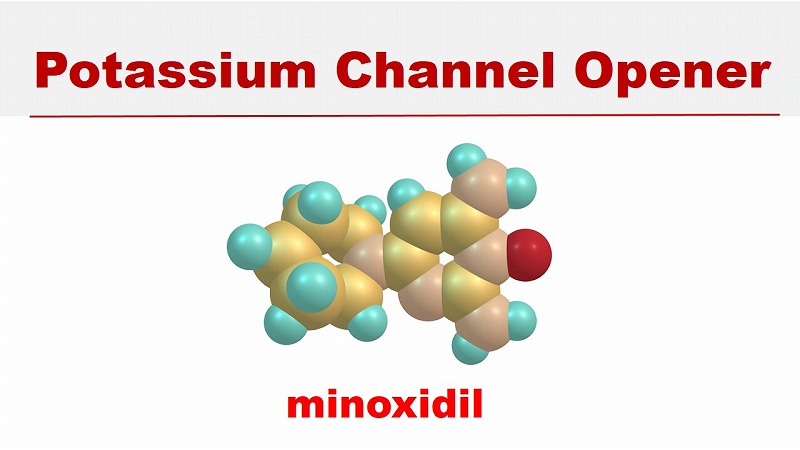Basic Research on Androgenetic Alopecia (Vol. 2)
Hair Growth Medicine & Genes
Androgenetic alopecia (AGA) is the main cause of hair loss in men and women.
Histopathologically, AGA is alopecia caused by non-scarring histological changes.
The term “non-scarring” means that hair loss in AGA can be reversible if treated appropriately.
In this chapter, the author would like to talk about basic research on AGA and recent studies of medical treatment of pattern hair loss in men and women.
Medical Treatment of AGA
Finasteride & Minoxidil; Introduction

Finasteride and minoxidil are the two main hair regrowth medicines with medical evidence regarding their effectiveness.
The use of these two drugs has been the gold standard in the medical treatment of hair loss caused by AGA.
The mechanism of action differs between finasteride and minoxidil.
The combined use of these drugs is believed to have a synergistic effect in the treatment of AGA.
In this chapter, you will obtain a deeper knowledge about the efficacy and use of hair regrowth drugs for the treatment of AGA in men and women.
Potassium Channel Opener
minoxidil

Minoxidil is a potassium channel opener. The exact mechanism of the action of minoxidil on hair regrowth is not yet fully understood.
One of the main effects of minoxidil is believed to be anagen induction, which means that the anagen phase becomes longer in the hair cycle of hair follicular cells in patients with thinning of hair.
As the anagen phase becomes longer, hair will have the opportunity to grow thicker and longer on the scalp.
Since the action mechanism of anagen induction has nothing to do with male hormones, minoxidil may work effectively for the treatment of not only androgenetic alopecia but also alopecia unrelated to male hormones such as diffuse hair loss and focal alopecia.
However, the effect of minoxidil on hair thickness varies from person to person.
Minoxidil increases hair shaft diameter in some patients more than in others.
However, there are other patients, in whom minoxidil does not provide a pronounced change in the thickness of the scalp hair.
What are the reasons for individual differences?
Where do these individual differences come from?











